The first two humans to step forth on the moon are no other than Neil Armstrong and Buzz Aldrin. However the milestone doesn’t stop there, sure that was monumental in itself for July 20, 1969. Their first steps are captured via a tripod on a live stream for television.
This event was without a doubt history in the making. The camera for this live stream in itself has become an artifact and rightly so.
Items Left Behind
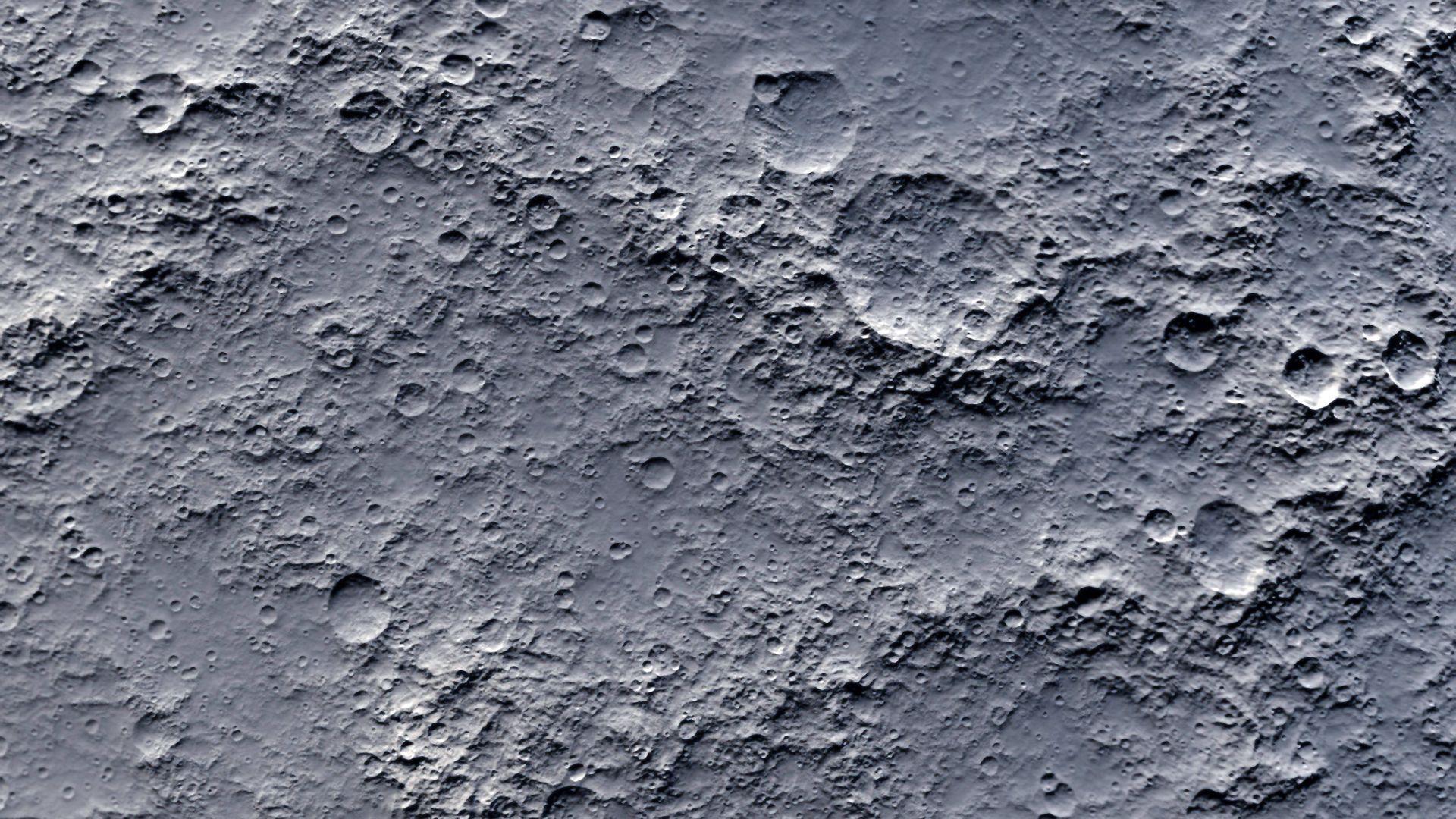
If such a camera was not left behind it would surely be displayed with pride in some museum down on Earth but that is not the case. The camera in question remains on the moon to this day and it is not alone. Astronauts of the Apollo
had to limit what they brought back with them considerably so to make it off the moon they needed to keep everything to a minimum to balance out the added weight of the moonrock samples they took.
Funnily enough, they even used a scale to make sure that they were at exactly the weight that they needed to be for take-off. As a result, the six different landings on the moon by NASA produced several items that were left behind on the moon besides the infamous footprints, including four-wheeled rovers, various tools, and golf balls.
Moon Breadcrumbs
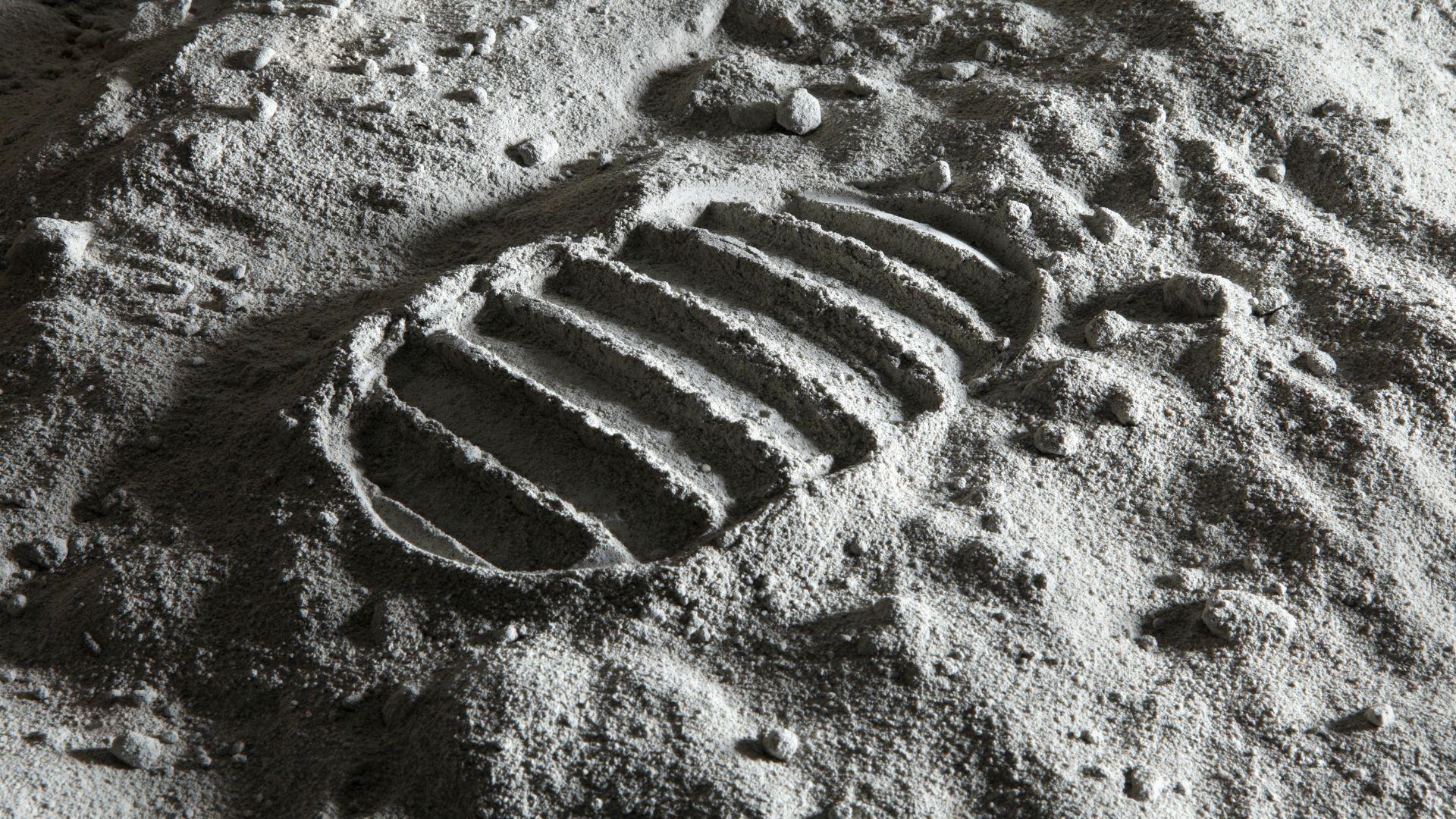
This trail of items serves as breadcrumbs to human life on the moon. Of course, we couldn’t leave everything on the moon and some items have already been retrieved with others staying behind signifying how far mankind has come.
Since leaving personal items and equipment on the moon there have been some interesting discoveries. Leaving such items up in space has revealed that it may be the ideal place for preservation because there is no wind and water to disrupt the atmosphere. This is showcased best when looking at past astronaut footprints that still exist to this day from years prior. Despite this, other items are more susceptible to damage by solar radiation, etc.
Lunar Looting Threat in 2030
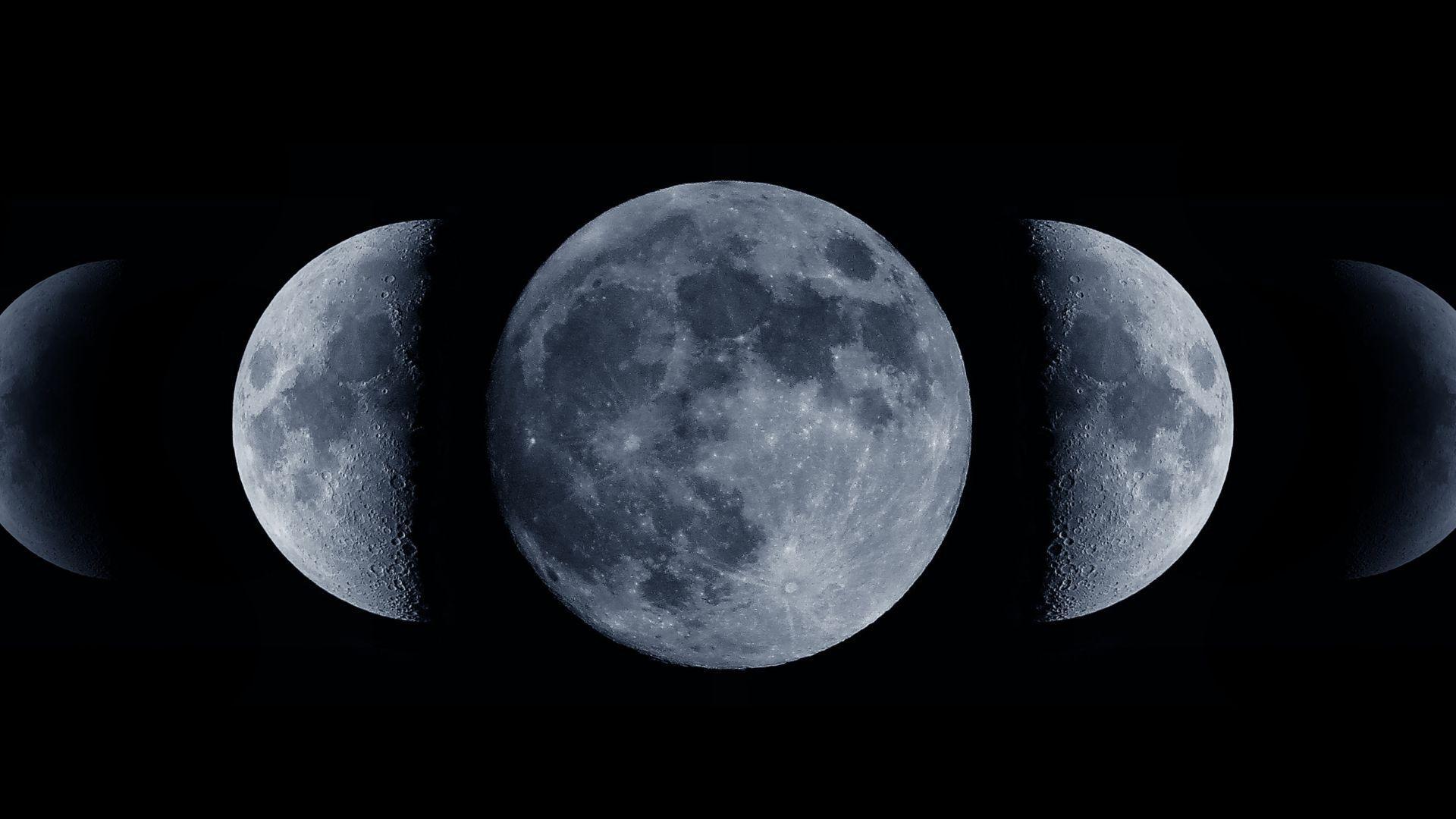
By the year 2030, there are more than 100 missions planned to take place in space. It poses a serious threat because the more items accumulated on the moon the more risk there is for others to take and then sell on the black market or through other illegal means because of their growing significance.
If one day tourists will be able to travel to the moon the dangers of stealing items left on the moon could develop into politically motivated tactics that could eventually compromise such a historic site. Destroying footprints and possible spacecraft remains could be a real risk.
Will Outer Space Sites Be Compromised?
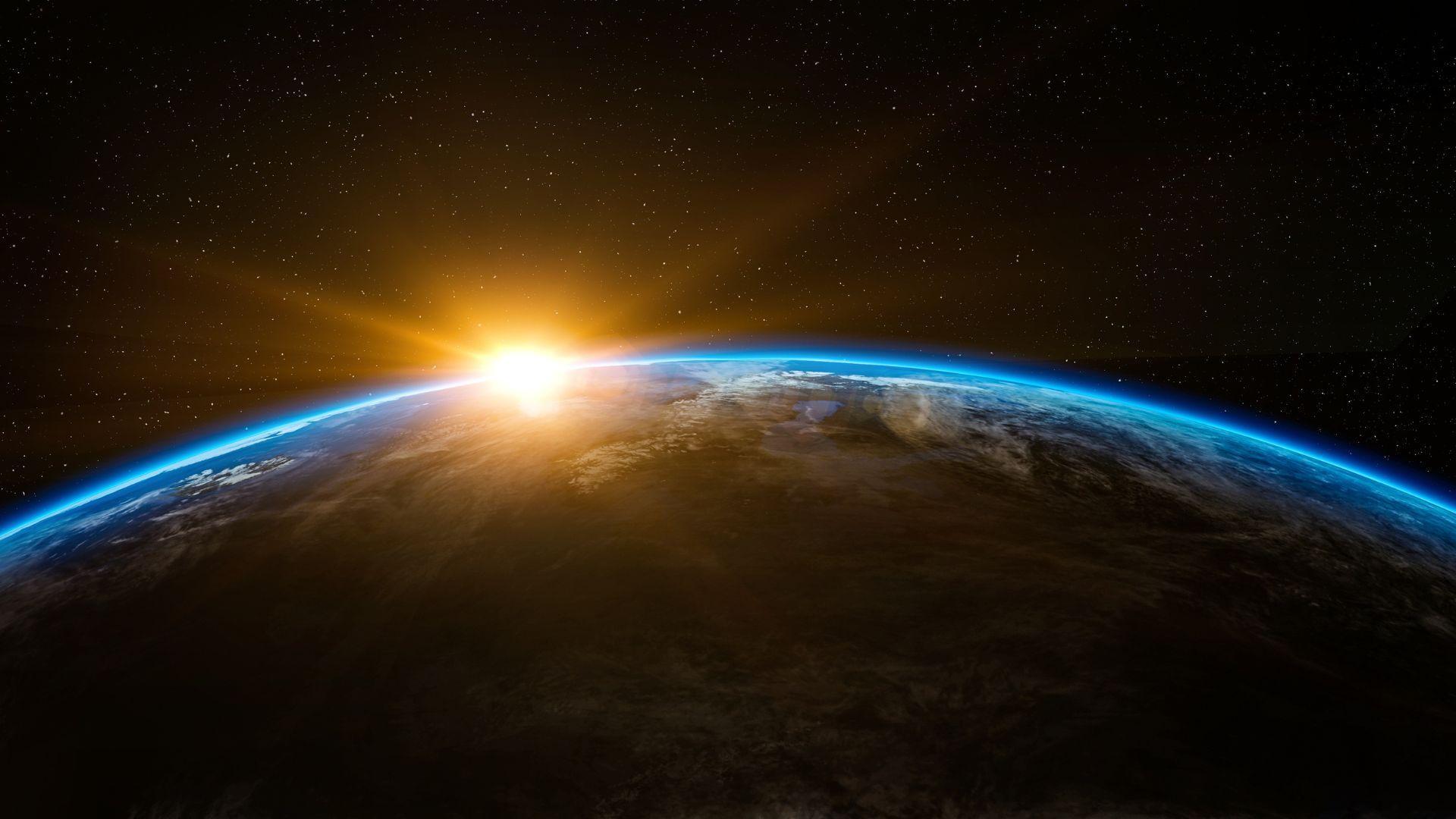
The public has begun to realize how important it is to protect lunar sites from being compromised. An initiative called the Artemis Accords, a multinational agreement, the first of its kind to develop the best practices and regulations to preserve our space history. There are already 21 signatories on this agreement, signed by 43 counties and counting.
Although this is a non-legally binding agreement, it can potentially set the precedence and standard of best practices regarding moon and space exploration beyond. The document goes into comprehensive detail on how to preserve such historic and meaningful sites of the galaxy.
Flag Controversy
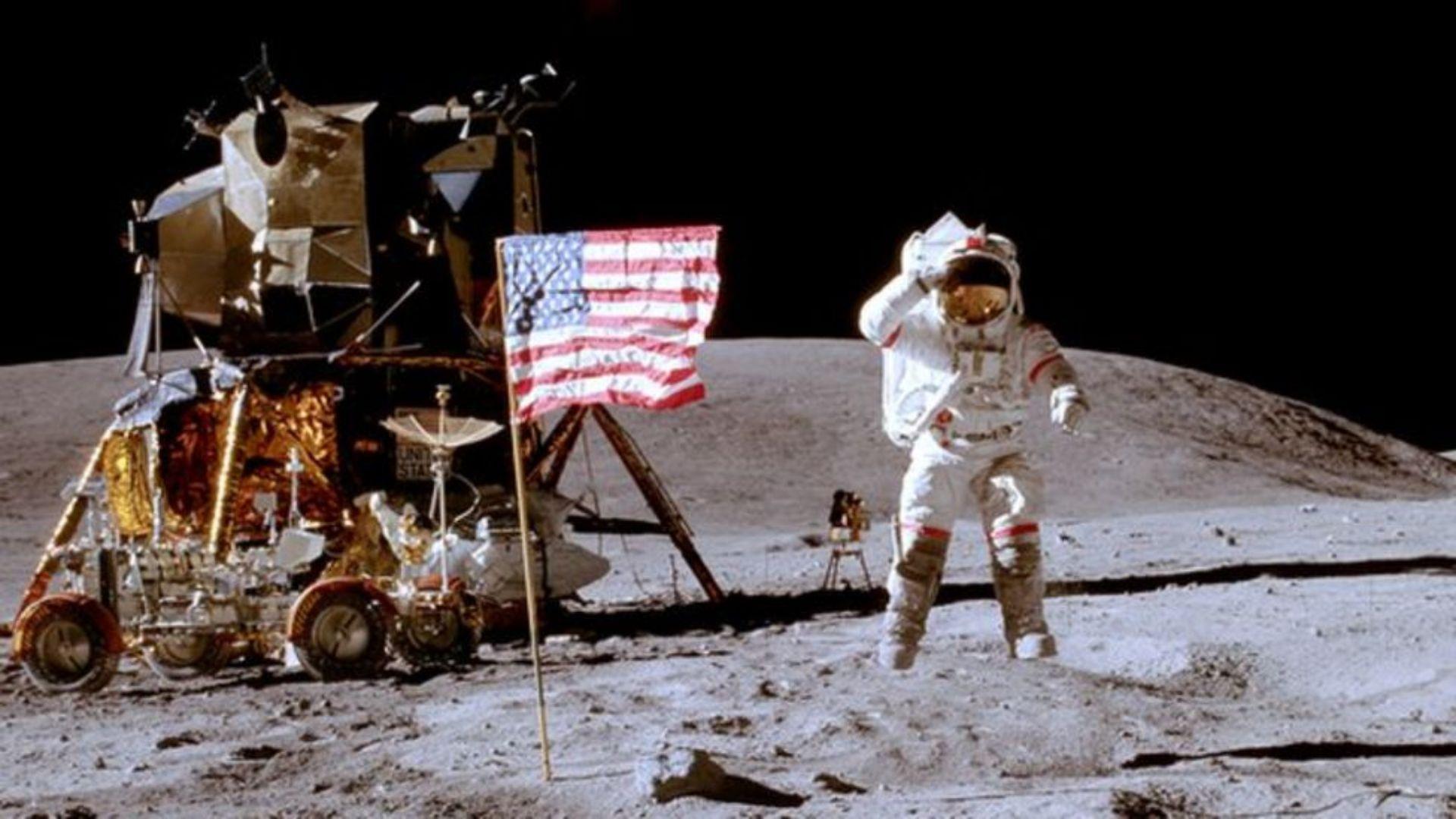
Despite the controversy of the US prohibiting the stake of additional flags on the moon, it was far from the political agenda to stake territory over it. The Congress emphasized that it was merely to symbolize the advancement was a U.S.-originated program.
Political claims aside, scientists are fascinated by the means such artifacts that span over 55 years that were once everyday items now have to tell us about not only our history but that of the lunar climate. For example, the mere store-bought flags that were once red, white, and blue are now bleached white. It is almost the same as if we left it out in the “sun” for too long while on Earth.
The Feather or the Hammer
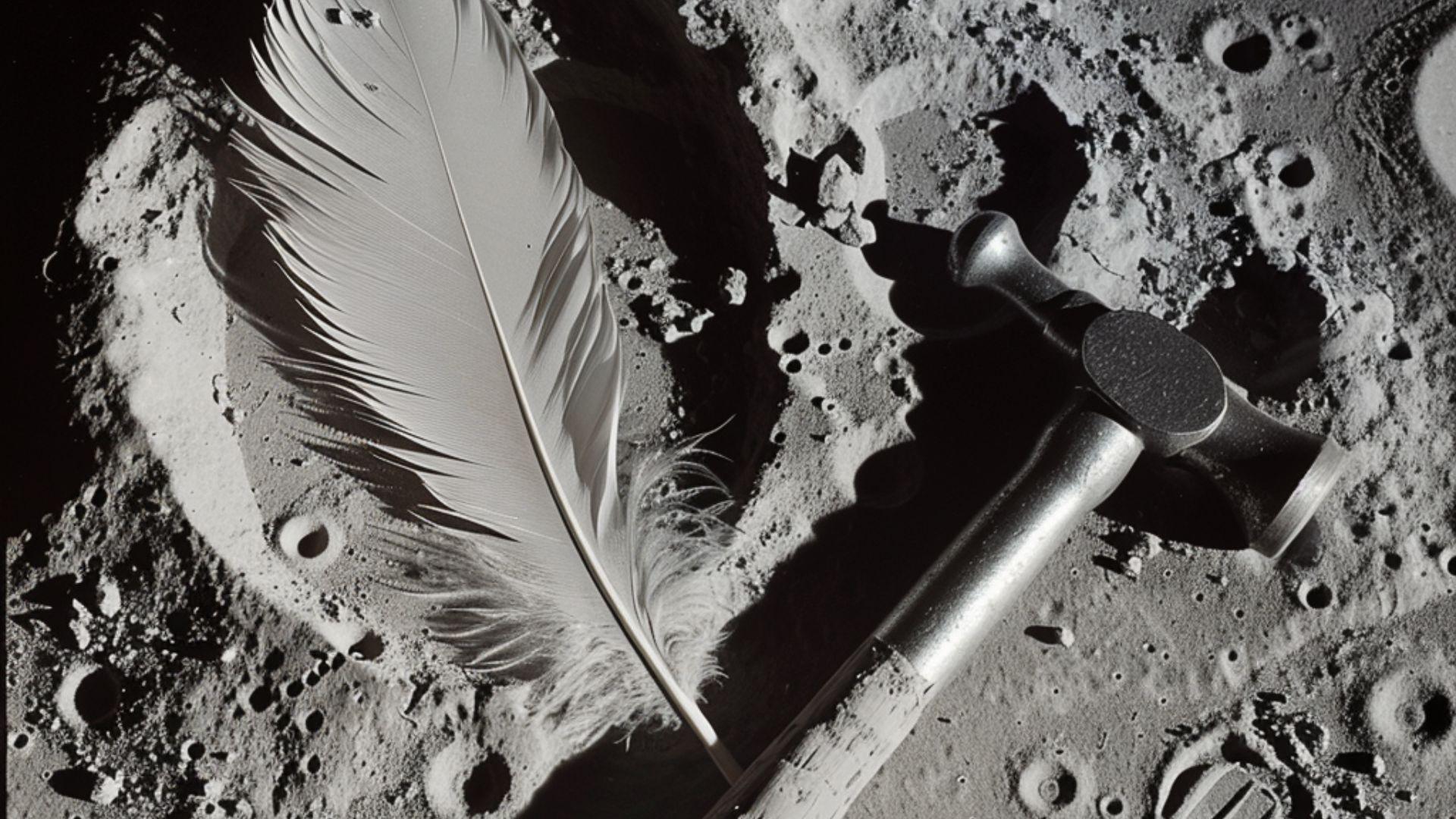
Scientists and Astronauts took such milestones as opportunities to conduct tests such as ones on gravity. A feather and a hammer were both dropped at the same time while on the moon and much to our surprise they hit the ground at the same time.
Such objects like many others were also left on the moon. This serves now as a reminder of the full circle moment that we have come around to, proving Galileo’s theory that all objects fall at the same rate. The theory emphasizes that acceleration resistance is equal to the mass of gravity, aka weight. With this logic gravity acceleration has nothing to do with a person or an object’s mass.

